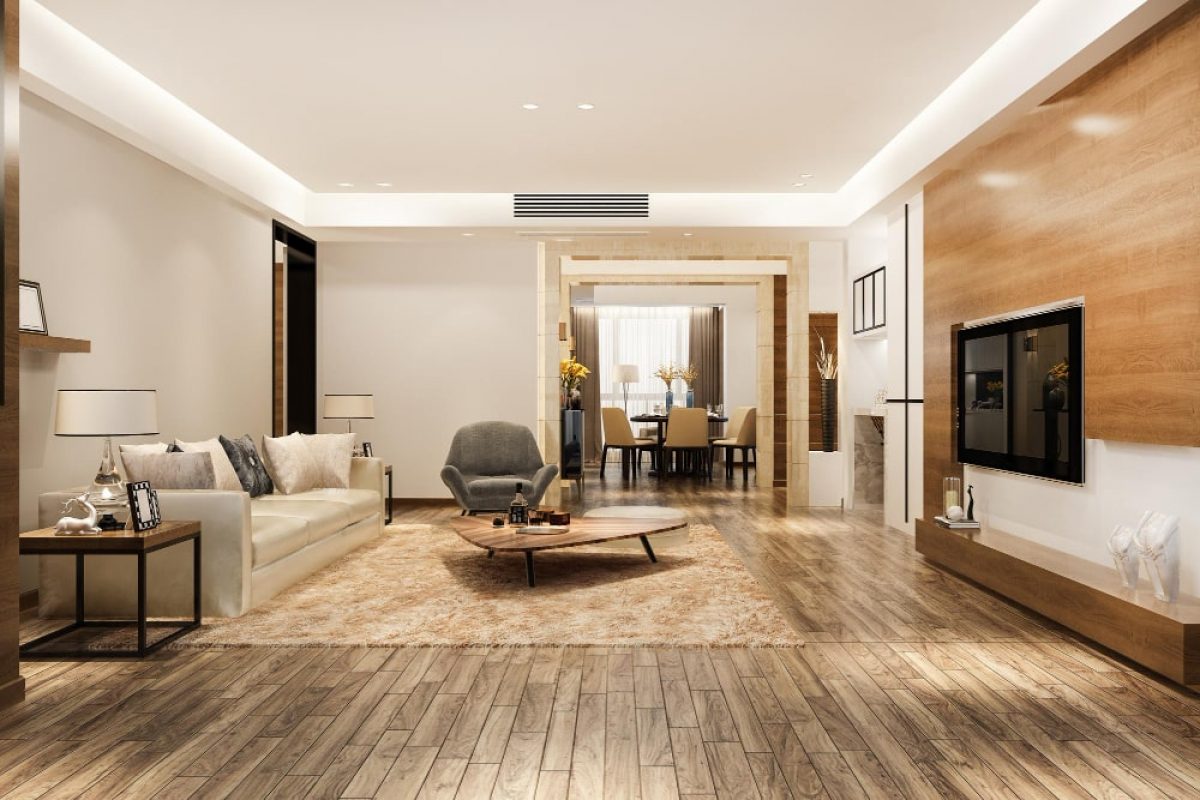Timber flooring is a popular choice among homeowners due to its natural beauty, durability, and timeless appeal. Whether you’re renovating your home or building a new one, selecting the right timber flooring can be a crucial decision. This ultimate buyer’s guide will help you navigate the various types of timber flooring, understand the associated costs, and provide essential installation tips to ensure a seamless process.
Types of Timber Flooring
1. Solid Timber Flooring
Solid timber flooring is made from single pieces of timber, offering unmatched durability and a classic look. For instance, popular choices for timber flooring on the North Shore include Blackbutt, Spotted Gum, and Jarrah.
– Advantages: Long-lasting, can be sanded and refinished multiple times.
– Disadvantages: Expensive, susceptible to moisture and temperature changes.
2. Engineered Timber Flooring
Engineered timber consists of a top layer of real timber adhered to several layers of plywood or high-density fibreboard (HDF). This makes it more stable and less prone to warping.
– Advantages: More stable than solid timber, easier to install, and suitable for areas with fluctuating temperatures.
– Disadvantages: It can be sanded and refinished only a limited number of times.
3. Laminate Flooring
Laminate flooring mimics the appearance of timber, but is made from synthetic materials. It’s a budget-friendly option that’s easy to install.
– Advantages: Affordable, resistant to scratches and dents, and easy to install.
– Disadvantages: It cannot be sanded or refinished, and is not as authentic-looking as real timber.
4. Bamboo Flooring
Bamboo flooring is an eco-friendly alternative to traditional timber. While it is not technically timber, it offers similar aesthetics and durability.
– Advantages: Eco-friendly, hard, and durable, resistant to moisture.
– Disadvantages: This type of flooring can be prone to scratching and have limited colour choices.
Costs of Timber Flooring
The cost of timber flooring varies widely based on the type of wood, quality, and installation method. Here’s a general overview of what you can expect to pay:
– Solid Timber Flooring: $100 to $150 per square metre, plus installation costs.
– Engineered Timber Flooring: $50 to $100 per square metre, plus installation costs.
– Laminate Flooring: $20 to $50 per square metre, plus installation costs.
– Bamboo Flooring: $50 to $80 per square metre, plus installation costs.
Installation costs can range from $30 to $50 per square metre, depending on the complexity of the job and your location.
Installation Tips
1. Prepare the Subfloor
A smooth, clean, and dry subfloor is essential for a successful timber flooring installation. It is essential to ensure the subfloor is level and free from mould, moisture, debris, and any imperfections that could affect the flooring.
2. Acclimate the Timber
Before installation, it is necessary to allow the timber to acclimate to the room’s temperature and humidity. This process usually takes 48 to 72 hours, and helps prevent the timber from expanding or contracting after installation.
3. Use the Right Tools and Materials
Using the correct tools and materials is crucial for a professional finish. This includes adhesives, nails, underlay, and moisture barriers, if needed. We recommend following the manufacturer’s guidelines for the best results.
4. Leave Expansion Gaps
Timber floors expand and contract with changes in temperature and humidity. This is why it is important to leave a small gap (usually around 10mm) between the flooring and the walls to allow for this movement. These gaps can be covered with skirting boards or beading.
5. Consider Professional Installation
While DIY installation can save money, professional installation ensures a flawless finish and can be worth the investment. Experienced installers will handle complex aspects such as cutting around corners and fitting boards tightly together.
Maintenance Tips
To keep your timber flooring looking its best, it is recommended to follow these maintenance tips:
– Regular Cleaning: Sweep or vacuum regularly to remove dirt and debris that can scratch the surface. Use a damp mop for deeper cleaning, but avoid excessive water.
– Protect from Moisture: Wipe up spills immediately and use rugs or mats in high-moisture areas like kitchens and bathrooms.
– Avoid Scratches: Place felt pads under furniture legs and avoid dragging heavy objects across the floor. Consider using area rugs in high-traffic areas.
– Refinish When Needed: Solid timber floors can be sanded and refinished to restore their original beauty. Engineered timber can also be refinished, but fewer times.
In Conclusion
Choosing the right type of timber flooring involves considering the type of wood, associated costs, and installation methods. By understanding your options and following these tips, you can ensure a beautiful, durable floor that enhances the value and aesthetics of your home. Whether you opt for solid timber, engineered wood, laminate, or bamboo, the natural charm and warmth of timber flooring are sure to make a lasting impression in any home.
